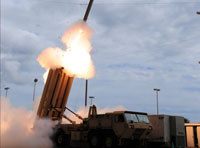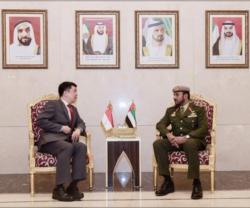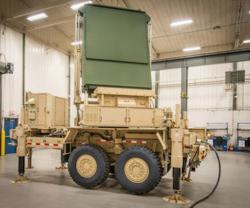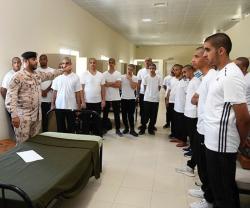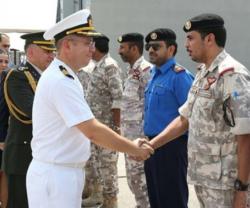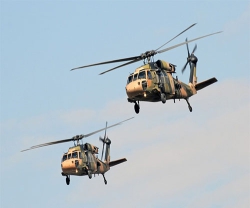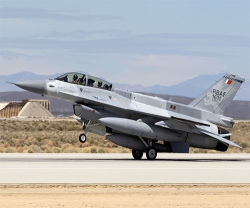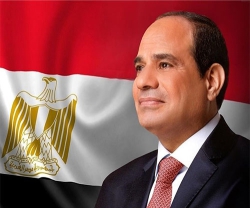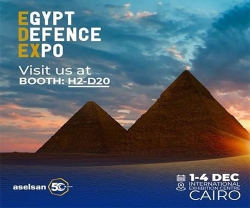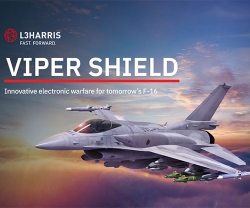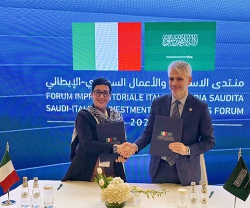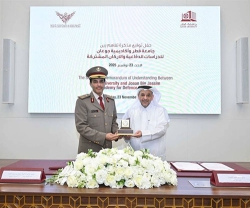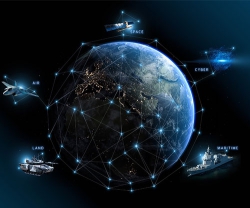Saudi Arabia and its closest regional partners have shown interest in buying the most advanced Lockheed Martin Corp missile-defense system to counter perceived threats, executives of the company said.
“All of the Gulf Cooperation Council (GCC) nations have an interest,” Dennis Cavin, Vice President for Army and Missile-Defense Programs at Lockheed, said.
The GCC is a political and economic alliance linking Saudi Arabia, Kuwait, the United Arab Emirates, Qatar, Bahrain and Oman.
Lockheed, the Pentagon's No. 1 supplier by sales, received an initial $1.96 billion contract in December for 2 of its Terminal High-Altitude Area Defense (THAAD) weapon systems for the UAE.
This marked the first foreign sale of the system, coming as tensions with Iran have risen over its disputed nuclear program. Such foreign sales are increasingly important to US arms makers as the Pentagon's budget flattens because of US deficit-reduction requirements.
The US has been working with Gulf regional states on a bilateral basis, not as a group, to boost the range of radar coverage and related capabilities across the Gulf for the earliest possible defense against any missiles that Iran might fire.
“It's not us sitting down with the GCC. It's not us sitting down with NATO. It's us working out agreements with individual countries,” said a US military official who spoke on condition of anonymity because he was not authorized to discuss the matter.
The Wall Street Journal reported last month that the US is putting a high-powered Raytheon Co AN/TPY-2 X-Band radar station in Qatar, an add-on to similar existing arrays, one in Israel's Negev Desert and one in Turkey. Together, the 3 radar sites form an arc that can detect missile launches from northern, western and southern Iran, the paper quoted officials as saying.
THAAD is a US Army system designed to shoot down short-, medium- and intermediate-range ballistic missiles with an interceptor that slams into its target. It can accept cues from Lockheed's Aegis weapons system, satellites and other external sensors and work in tandem with the PATRIOT Advanced Capability-3 terminal air-defense missile. THAAD includes its own radar along with interceptors and communications and fire control units.
Cavin said that fueling the interest in THAAD was a US military push to stitch together an integrated air and missile defense architecture across the region as well as what he called a recognition by GCC states that “they need the best capability they can get against the threat set that's there.”
Mat Joyce, Lockheed's Vice President for THAAD, said it was premature to discuss specific potential buyers “but as they notify the US government officially of their interest we'll be happy to provide that information”
Source: Reuters

